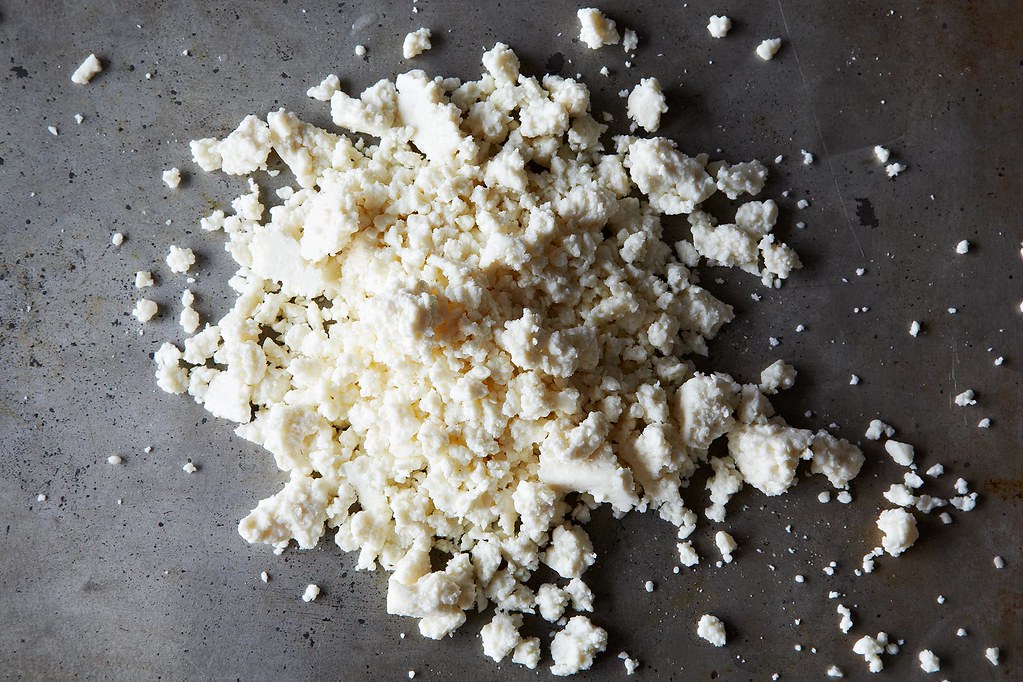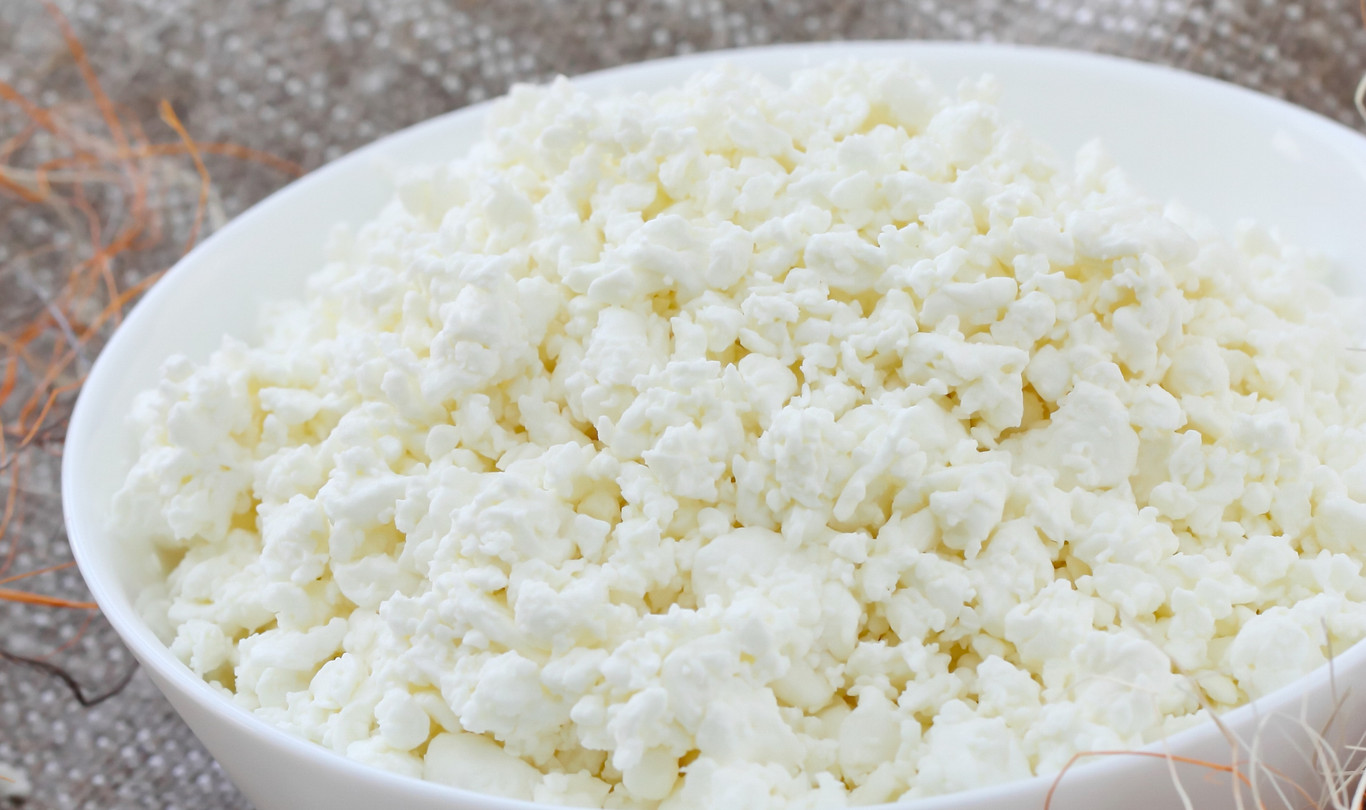You see queso fresco in so many Mexican dishes -- a glorious sprinkling of snow atop a mountain of meat and rice or thick slices mingled with grilled vegetables. But how much do you really know about it?
Spanish for “fresh cheese,” queso fresco is the most commonly used cheese in Mexican cooking. It is to Mexico as feta is to Greece; if that’s not reason enough to get to know it, we don’t know what is.
The cheese is traditionally made with raw cow milk or a combination of goat and cow milk. Since it’s a mild cheese, it’s very versatile: Its milkiness offsets the heat from chiles and spices typically found in Mexican food, and its bright, slightly sour taste complements fresh salads and balances the richness of heartier dishes. You’re going to want to put it on everything -- or use it as a replacement for ricotta, goat cheese, and feta,

How to store it:
Queso fresco is traditionally consumed fresh, but if you have leftovers, tightly wrap them in plastic wrap and store them in the refrigerator, where they will keep for about two weeks.

Use it as a topping:
- Toss it into a salad. Grill and cube watermelon, rip up mint, and throw in some queso fresco instead of the usual feta option.
- Use it as a garnish for soup. Queso fresco doesn’t care about temperature. It works beautifully atop a cold summer soup, like gazpacho, or warmer varieties, like tortilla soup and black bean soup.
- In the summer, roll it onto corn. Once you’ve lathered your corn with butter, roll it on a plate of queso fresco to cover every kernel. Finish with salt, ground chile, and a squeeze of lime juice.
- Crumble it atop a classic Mexican dish. Mellow out the heat in dishes like chilaquiles verdes, huevos rancheros, tacos, or enchiladas with a sprinkle of queso fresco.

Use it as a filling:
Queso fresco gets soft when heated, but it's difficult to melt. You can melt it over low heat for a while in order to make a cheesy dip or sauce, but it may remain chunky. In its soft state, it is commonly used as part of a filling for chiles relleños (stuffed chiles), quesadillas, and burritos.
Corn photo by Penny de los Santos; all other photos by James Ransom
This article was written by Emi Boscamp from Food52 and was legally licensed through the NewsCred publisher network. Please direct all licensing questions to legal@newscred.com.








